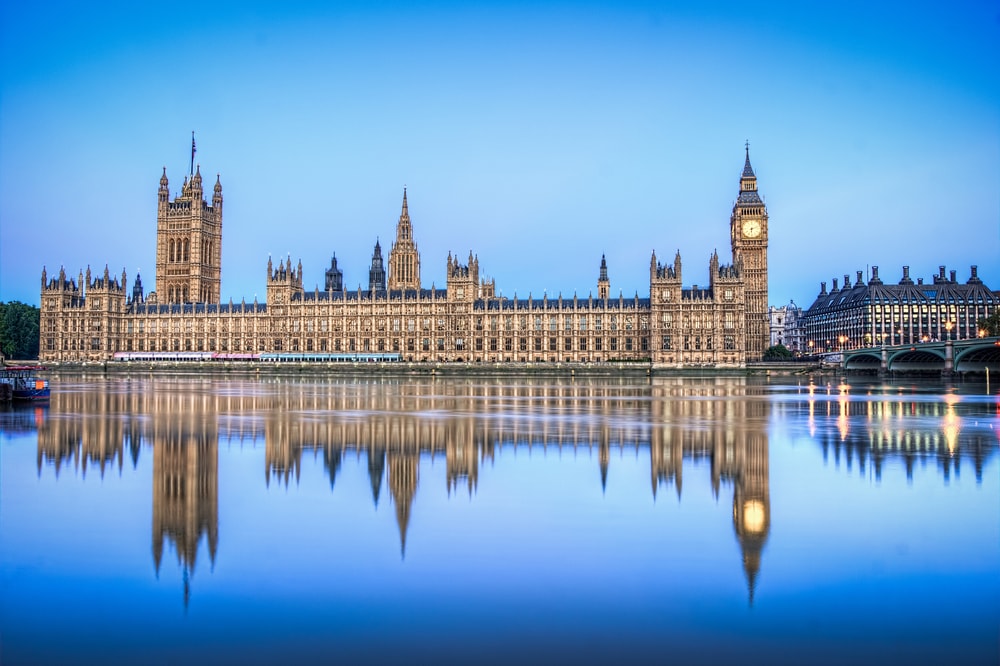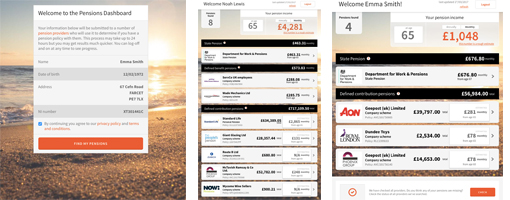The Pensions Regulator (TPR) achieved 27 out of 31 of its corporate priority outcomes in 2024/25, its latest Annual Report and Accounts has revealed.
The report showed that of the corporate priorities missed, three were ambers, which is where a target was marginally missed, and one was red, which means that the target was missed by a significant degree.
The regulator previously measured its performance through separate sets of key outcome indicators and key performance indicators, but this year it introduced outcome-focused measures called ‘priority outcomes’ to reflect its evolving priorities and focus on results for savers.
And in order to measure its performance in year, it designed a set of 'corporate priorities'
to report against, deriving from our priority outcome measures.
In particular, TPR received a red rating for its cyber risks and pensions technology in the pensions sector, but said it was working with experts to understand the risks to savers posed by cyber-attacks.
The regulator said that this understanding will help frame its role, tolerance, and mitigation of these risks, including how it aligns with other government bodies and industry partners.
TPR received an amber rating for addressing market issues of administration, which it explained was due to conducting a discovery phase, from which analysis of the evidence is underway – but not complete at the time of reporting.
It said this phase of work will establish the risks it will seek to target, with a resulting risk framework.
Additionally, it also received an amber rating for obtaining new powers for TPR around information gathering, rulemaking, administration standards and professional trustees.
TPR said this rating was given to reflect the need to optimise use of its existing information-gathering powers alongside emerging legislative proposals, both of which will inform any discussion around new powers.
The final amber rating the regulator received was for improving system hygiene.
The regulator said it will invest to ensure its core infrastructure remains modern and robust, meaning delivering across multiple systems hygiene projects, including Windows 11 upgrade.
In 2024-2025, the regulator made several “significant” infrastructure improvements, including a successful Windows 11 upgrade, payroll system refresh, and financial forecasting system, as well as formally closing the unmanaged document migration project and moving all unmanaged files into SharePoint managed locations.
However, it acknowledged that despite progress in other areas, there are gaps in alignment that have caused deployment delays for its applicant tracking system and disaster recovery capabilities. The regulator said both are now progressing well.
The report also showed that in the year ended 31 March 2025, TPR had comprehensive net expenditure of £104.8m, of which £69m was related to levy-funded activities and £35.8m was attributable to auto-enrolment (AE).
Additionally, the report showed that the regulator’s net expenditure has been transferred to our general reserve and is offset by contributions from the Department for Work and Pensions of £68.6m for its levy activities and £34.8m for AE activities.
TPR’s staff costs increased by £4.5m to £82m compared to the previous year, which includes permanent staff costs of £69.2m, which it said was driven by pay inflation but partially offset by a reduction in the average FTSE numbers.
The regulator’s other expenditure was reported to have remained broadly in line with the previous year, with higher professional fees offset by lower spend on computer systems and development.
Latest News
-
DC market set for ‘pivotal’ year defined by scale, support, and sustainability
-
ESG progress stalling among fiduciary managers
-
BPA market set to exceed £50bn in 2026 amid ‘strategic crossroads’ for trustees
-
Nearly half of salary sacrifice users fear smaller pension pots under reforms
-
DB redress payments to remain ‘historically low’ in Q1
-
Raindrop recovers over £675m in lost pension pots in 2025
Private markets – a growing presence within UK DC
Laura Blows discusses the role of private market investment within DC schemes with Aviva Director of Investments, Maiyuresh Rajah
The DB pension landscape
Pensions Age speaks to BlackRock managing director and head of its DB relationship management team, Andrew Reid, about the DB pensions landscape
Podcast: From pension pot to flexible income for life

Podcast: Who matters most in pensions?

In the latest Pensions Age podcast, Francesca Fabrizi speaks to Capita Pension Solutions global practice leader & chief revenue officer, Stuart Heatley, about who matters most in pensions and how to best meet their needs
© 2019 Perspective Publishing Privacy & Cookies










Recent Stories